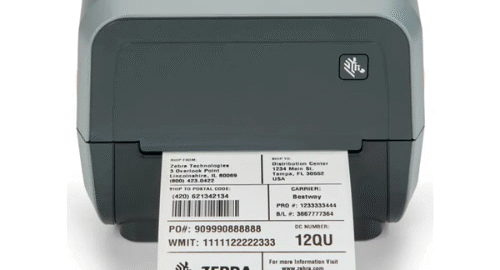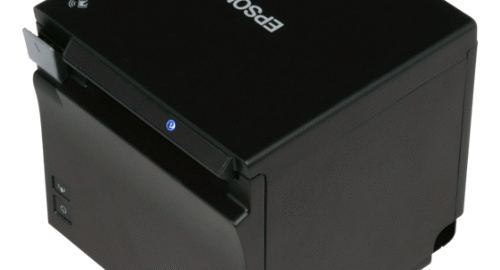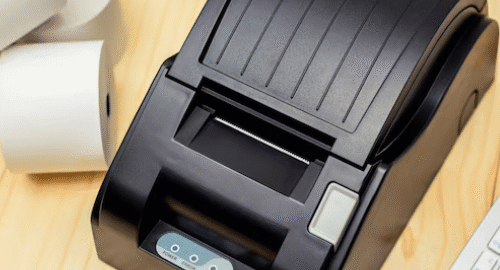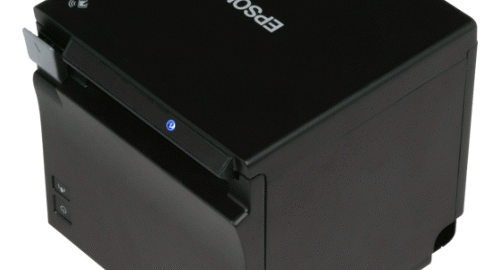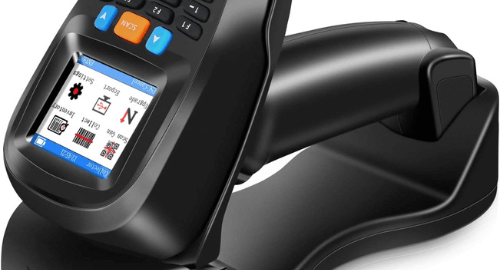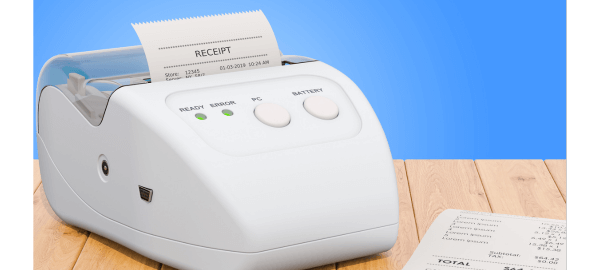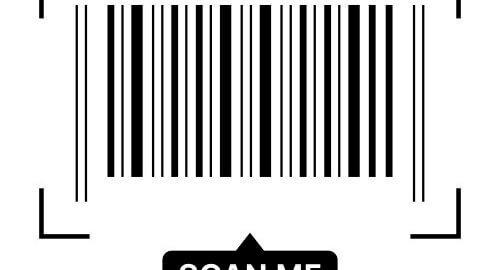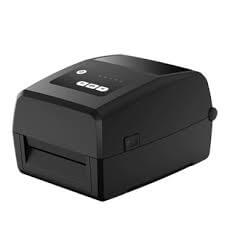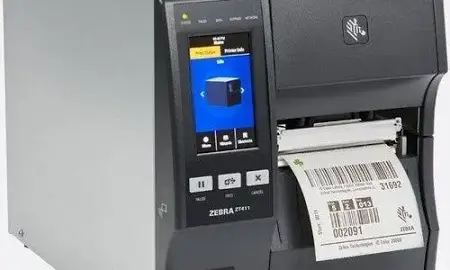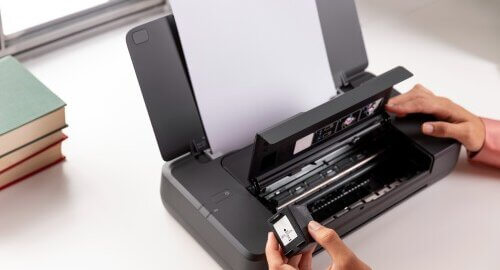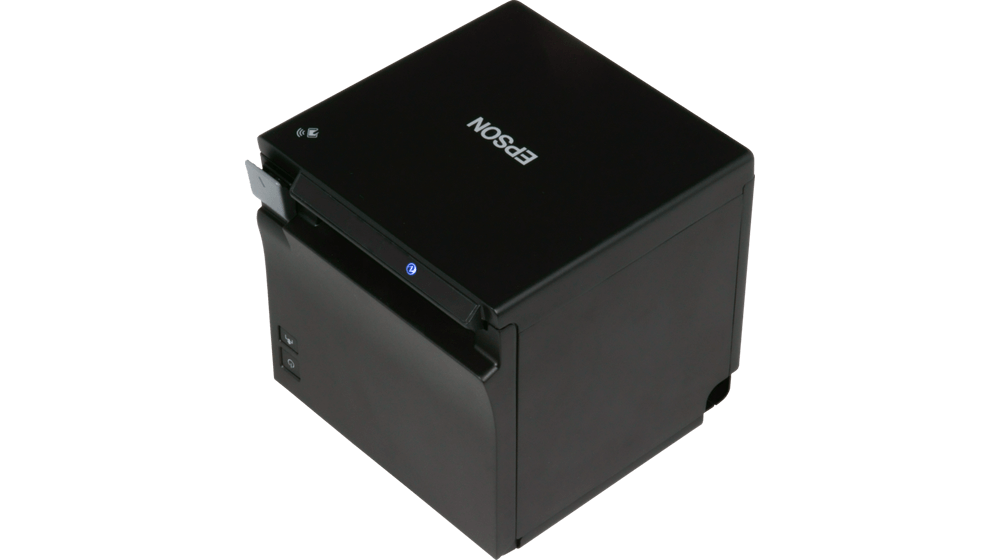
Introduction To Barcode Printers:
Barcode printers are electronic devices that are used to print barcodes, which are machine-readable codes that consist of a series of vertical bars and spaces. Barcodes are used in a wide range of industries and applications, from retail and logistics to healthcare and manufacturing, to track and manage inventory, assets, and products. Barcode printers are a crucial component of barcode systems, which include barcode scanners or readers, barcode labels or tags, and barcode software. The printer is responsible for producing high-quality, accurate, and durable barcodes that can be read by a barcode scanner or reader. Whether you’re a small business owner or a large enterprise, having the right barcode printer can streamline your operations, improve efficiency, and reduce errors. With so many options available, it’s important to choose a barcode printer that fits your specific needs and requirements.
Barcode printers come in various types, including Thermal Transfer Printers, Direct Thermal Printers, Inkjet Printers, Laser Printers, Dot Matrix Printers. Each type of printer uses a different technology to print barcodes, and they vary in terms of speed, quality, durability, and cost. We will explore each one of them below.
Types Of Barcode Printers :
-
Thermal Transfer Printers:
Thermal Transfer Printers use heat to transfer ink from a ribbon onto the label. The ink is transferred by heating up the ribbon, which melts the ink and transfers it onto the label. This process creates a high-quality, long-lasting barcode that is suitable for a wide range of applications.
Thermal Transfer Printers are available in both desktop and industrial models. Desktop models are best suited for small to medium-sized businesses, while industrial models are designed for high-volume printing applications. They can print on a variety of materials, including paper, polyester, and vinyl labels.
-
Direct Thermal Printers:
Direct Thermal Printers use heat to create a barcode directly on a thermal label. The label contains a special heat-sensitive material that darkens when it comes into contact with heat. The printer applies heat to the label to create the barcode, without the need for a ribbon.
Direct Thermal Printers are best suited for short-term applications, such as shipping labels or receipts, and are commonly used in industries such as healthcare, retail, and logistics. They are available in both desktop and portable models.
-
Inkjet Printers:
Inkjet Printers use liquid ink to create a barcode on a label. The printer sprays tiny droplets of ink onto the label, creating a high-quality barcode. They are best suited for printing on non-standard materials or surfaces, such as glossy or matte labels.
Inkjet Printers are available in both desktop and industrial models. Desktop models are suitable for small to medium-sized businesses, while industrial models are designed for high-volume printing applications. They can print on a wide range of materials, including paper, polyester, vinyl, and other synthetic materials.
-
Laser Printers:
Laser Printers use a laser beam to create a barcode on a label. The printer applies toner to the label, which is then fused onto the label using heat. They are best suited for printing on paper or cardstock labels.
Laser Printers are commonly used in industries such as healthcare, retail, and logistics. They are available in both desktop and industrial models, and can print on a variety of label materials.
-
Dot Matrix Printers:
Dot Matrix Printers use a print head that strikes an ink ribbon to create a barcode on a label. The print head contains a series of pins that strike the ink ribbon, creating a series of dots that form the barcode.
Dot Matrix Printers are less common than other types of barcode printers, but they can be used to create high-quality barcodes on a variety of materials. They are commonly used in manufacturing and logistics industries, where durability and longevity are important.
Conclusion:
In summary, each type of barcode printer has its own unique advantages and disadvantages. The best type of printer for your business will depend on your specific printing needs, including the volume of labels you need to print, the type of materials you need to print on, and your budget.

